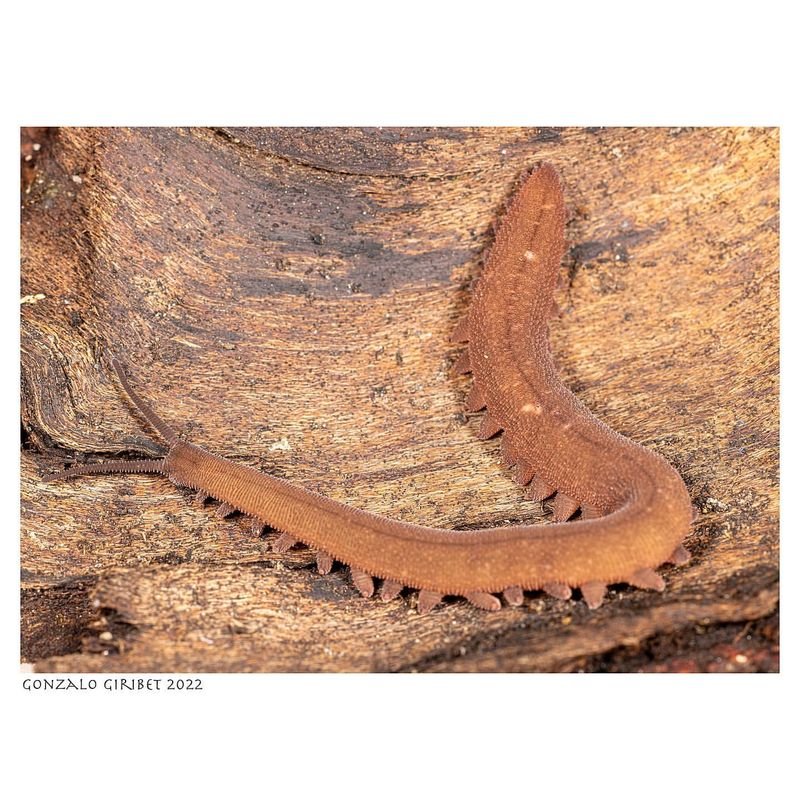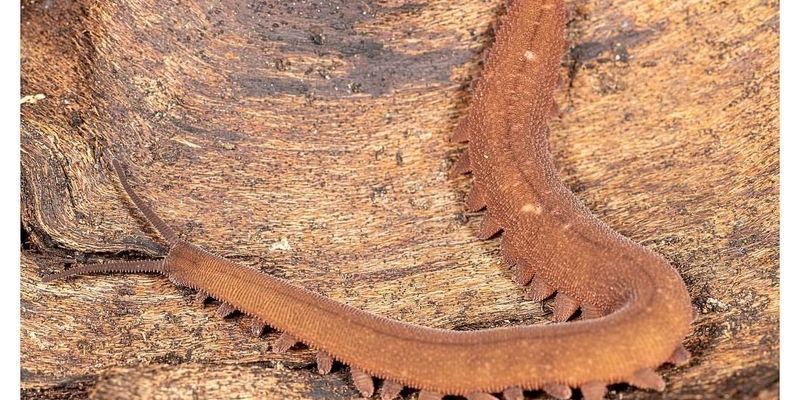
Velvet worms, known for their soft, velvety bodies and unique appearance, have adapted to thrive in their specific environments. They might not be household names like dolphins or pandas, but their resilience and clever survival tactics are fascinating. You might be wondering how these little creatures keep themselves safe during extreme weather events, especially when tropical storms roll through. Well, let’s dive into their world and uncover the strategies they use that keep them going when the going gets tough!
What Are Velvet Worms?
Before we get into the nitty-gritty of survival strategies, let’s take a moment to appreciate what velvet worms are. These fascinating creatures belong to an ancient group known as Onychophora. They are often dubbed “living fossils” because their lineage goes back over 500 million years! You might recognize them by their soft, segmented bodies, which are usually a lovely shade of green or brown, perfect for blending in with the forest floor.
Velvet worms are not worms in the traditional sense. If anything, they resemble a cross between a caterpillar and a slug. They have a unique method of locomotion: they move using a system of hydrostatic pressure in their bodies, which gives them a squishy, caterpillar-like crawl. They can also secrete a sticky substance to trap prey, showcasing their clever hunting prowess.
While being remarkable hunters, these little creatures face significant challenges in their habitats, especially when tropical storms threaten their environment. So, how do they handle these storms? Let’s explore their survival strategies.
Finding Shelter: A Key Survival Strategy
When a tropical storm brews, the first thing velvet worms do is seek shelter. You might think of them as expert hiders. They often retreat into the safety of leaf litter, forest debris, or even under rocks. This instinctual behavior helps them avoid the harsh winds and torrential rains that accompany storms.
Finding a good hiding spot is crucial. Think of it like curling up under a blanket during a thunderstorm. By burrowing into damp leaves and soil, velvet worms can shield themselves from the elements. This behavior reduces their risk of getting washed away or exposed to predators that might venture out in the storm.
Moreover, their thick, moist skin is adapted to retain water. This means they don’t dry out quickly, even when things get rough outside. This ability to find and create their own microhabitat is an essential part of how they manage to survive in their ever-changing environment.
Staying Moist: A Wet Advantage
In addition to seeking shelter, velvet worms thrive in moist conditions, which works in their favor during storms. High humidity levels keep their skin hydrated, which is vital for their survival. Unlike many creatures, their bodies can withstand a certain degree of water exposure.
When rainfall hits, velvet worms can even absorb some of the moisture, akin to soaking up a refreshing drink. This adaptation allows them to stay active and hunt for food even when the weather is less than ideal. It’s an impressive example of how life can adapt to its surroundings!
Movement and Behavior During Storms
You might be curious about how velvet worms behave during a tropical storm. When the winds pick up and the rain starts to pour, their movements change. They become less active and rely on their shelter to keep them safe. Instead of darting about in search of food, they conserve energy.
This change in behavior is crucial. By staying still and hidden, they minimize their risk of injury or displacement. It’s a bit like how we hunker down and save energy during a power outage. Even though they are not actively hunting, their adaptability allows them to survive until the storm passes.
Interestingly, after the storm, velvet worms emerge from their hiding spots. They’re often seen moving cautiously, assessing their surroundings before they resume their normal activities. This behavior allows them to gauge the new environment and find food safely.
Adaptive Feeding Strategies Post-Storm
Once the storm clears, velvet worms employ clever feeding strategies to ensure their survival. They often take advantage of the newly nourished environment. The rain washes nutrients into the soil, leading to a proliferation of small insects and other potential prey.
During this time, velvet worms capitalize on the abundance of food. They become more active and begin hunting, using their unique slime-secreting hunting technique. This is where they really shine—by shooting out a sticky substance to trap unsuspecting prey, they secure their next meal without much effort.
The post-storm landscape can be a buffet for them. They’ll adapt their hunting tactics based on what’s available, demonstrating their flexibility in feeding habits. This ability to adjust to immediate environmental changes is a key reason why velvet worms can thrive in varied conditions.
The Importance of Habitat Preservation
Understanding velvet worms and their survival strategies sheds light on the broader topic of habitat preservation. Tropical storms can wreak havoc on the environments that these creatures depend on. By preserving forests and natural habitats, we ensure that these unique animals continue to survive.
The loss of habitat can be detrimental, not just for velvet worms but for countless other species as well. When natural environments are altered or destroyed, the delicate balance of life can be disrupted. So, think of it as a chain reaction: without healthy habitats, creatures like velvet worms lose their homes and, ultimately, their lives.
Contributing to habitat preservation can come in many forms. From supporting conservation efforts to simply planting native species in your garden, every small action matters. It’s all about ensuring that velvet worms and other fascinating creatures can continue to thrive.
So, next time you hear about a tropical storm, remember the velvet worm and its incredible survival tactics. These little creatures show us that even in the face of challenges, resilience is possible. From seeking out shelter to adapting their feeding behaviors, they illustrate the remarkable ways that nature can respond to adversity.
It’s a good reminder for all of us. Just like velvet worms, we can find ways to adapt and thrive, no matter how stormy life gets. By appreciating and understanding these fascinating creatures, we can help protect their habitats and ensure their survival for generations to come. After all, every creature has its own story to tell, and the velvet worm’s tale is one of tenacity and clever adaptation.

